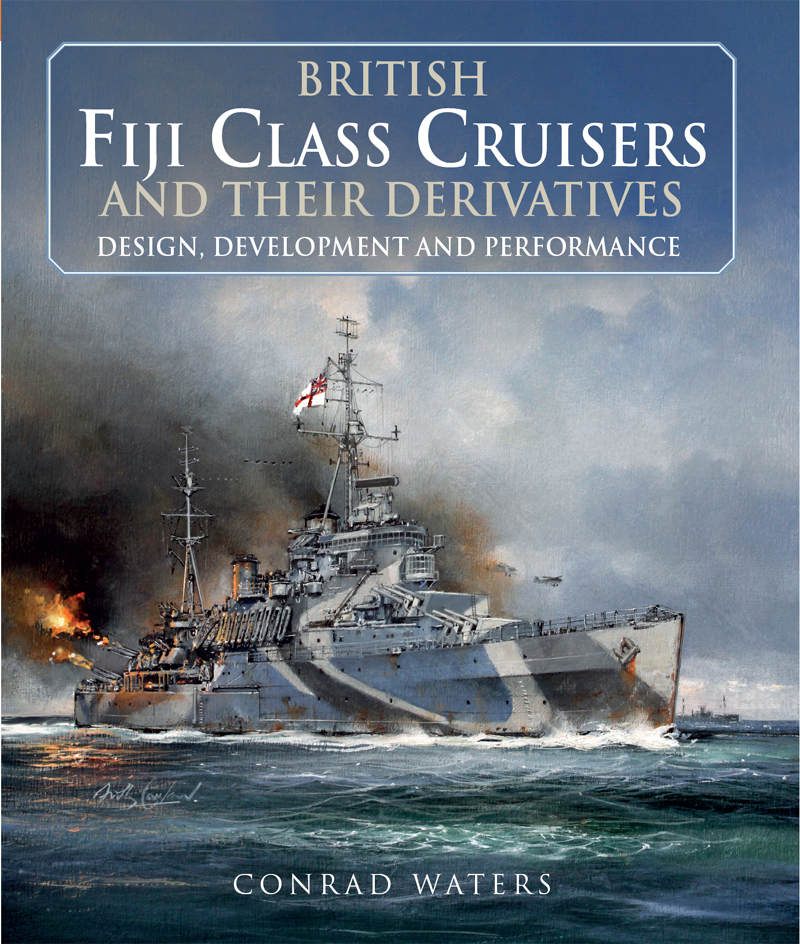

Most ebook files are in PDF format, so you can easily read them using various software such as Foxit Reader or directly on the Google Chrome browser.
Some ebook files are released by publishers in other formats such as .awz, .mobi, .epub, .fb2, etc. You may need to install specific software to read these formats on mobile/PC, such as Calibre.
Please read the tutorial at this link: https://ebookbell.com/faq
We offer FREE conversion to the popular formats you request; however, this may take some time. Therefore, right after payment, please email us, and we will try to provide the service as quickly as possible.
For some exceptional file formats or broken links (if any), please refrain from opening any disputes. Instead, email us first, and we will try to assist within a maximum of 6 hours.
EbookBell Team

4.8
104 reviewsNot surprisingly, they turned out to be very cramped ships which struggled to accommodate all the wartime additions of extra electronics and light AA guns, as well as the increased crew needed to man them. Many of the later modifications to existing ships and alterations to the succeeding designs were attempts to alleviate these issues, most visibly the reduction of the main armament from four to three turrets. Nevertheless, they were available in significant numbers and gave sterling service across all theaters of the naval war.
In this major study, Conrad Waters makes extensive use of archive material to provide a technical evaluation of the Fiji class design and its subsequent performance. He outlines the class’s origins in the context of inter-war cruiser policy, explains the design and construction process, and describes the characteristics of the resulting ships and how these were adapted in the light of wartime developments. An overview of service focuses on major engagements, assessing the extent to which the class met its designers’ expectations and detailing the consequences of action damage. Later chapters continue the story into the Cold War era, examining the various post-war modernization programs and concluding with the radical redesign of the Tiger class that produced the R